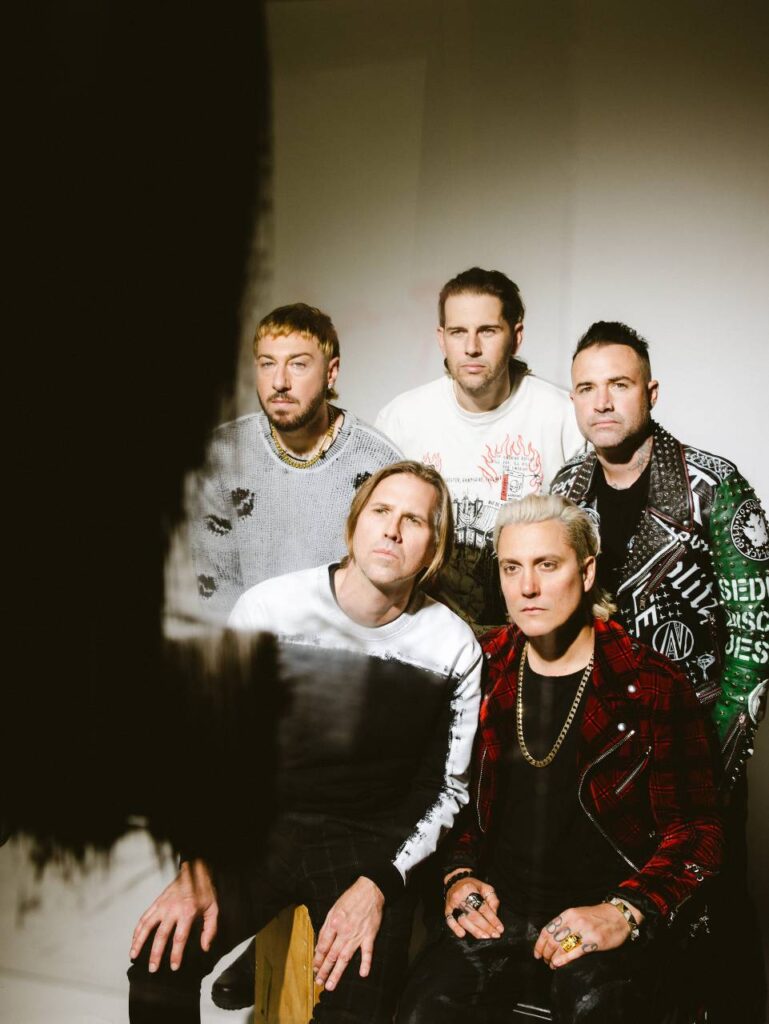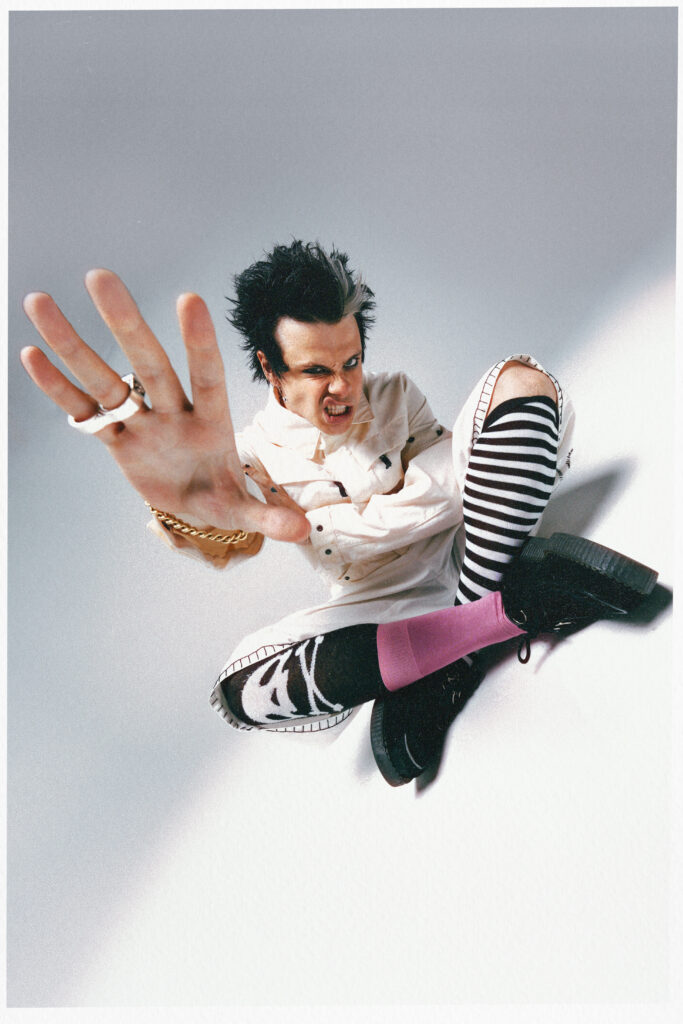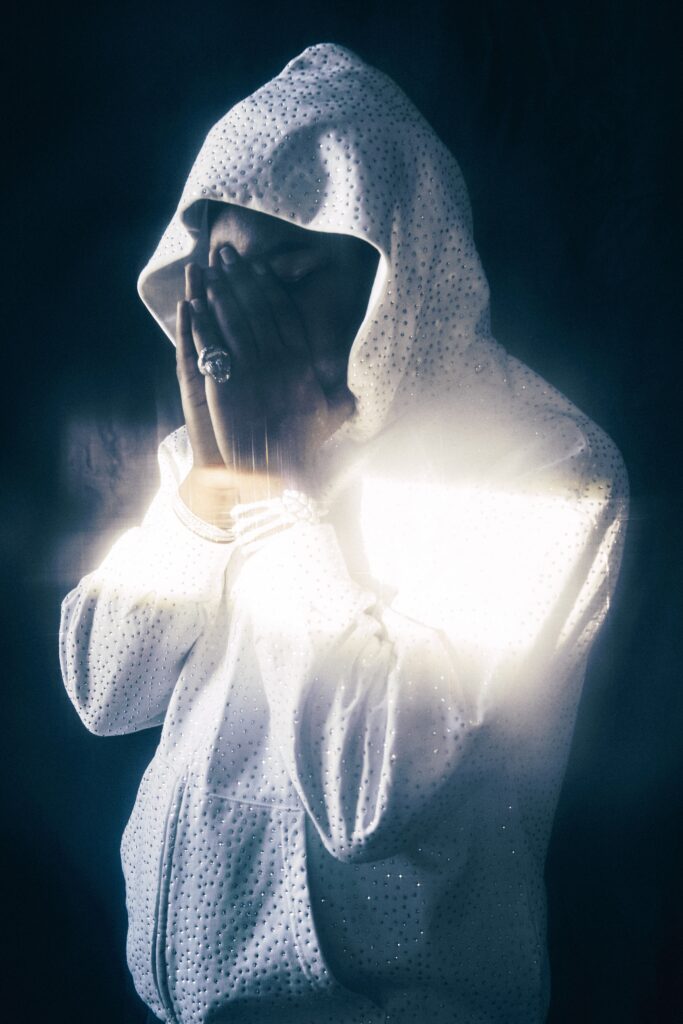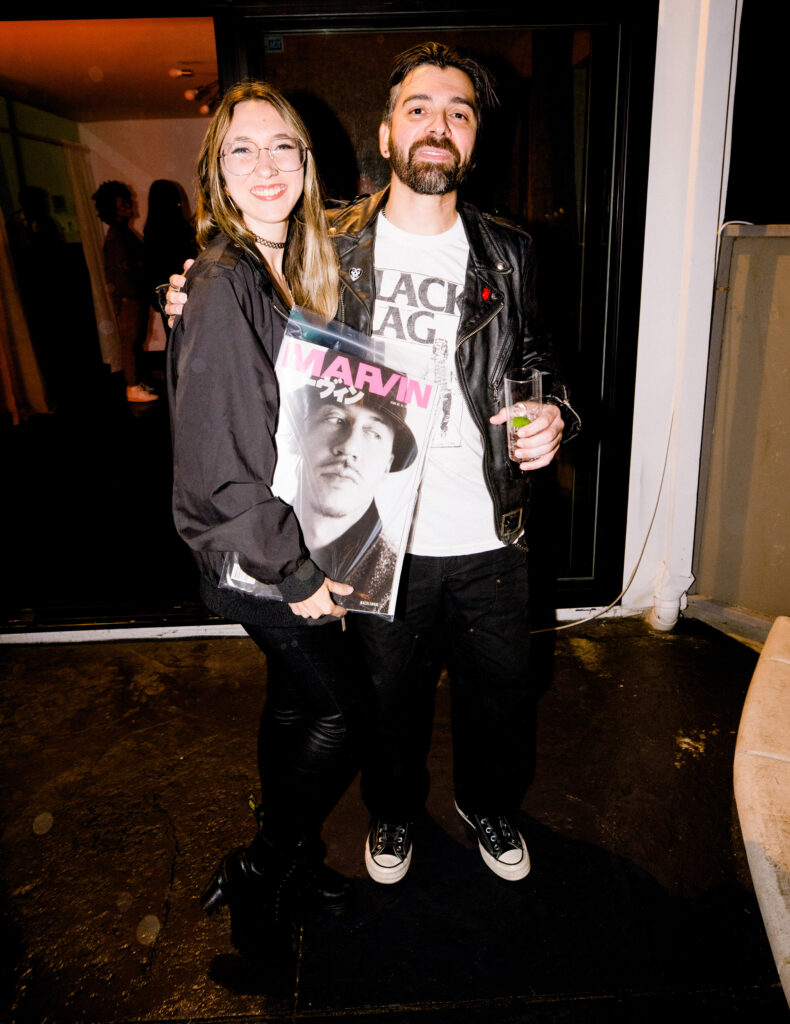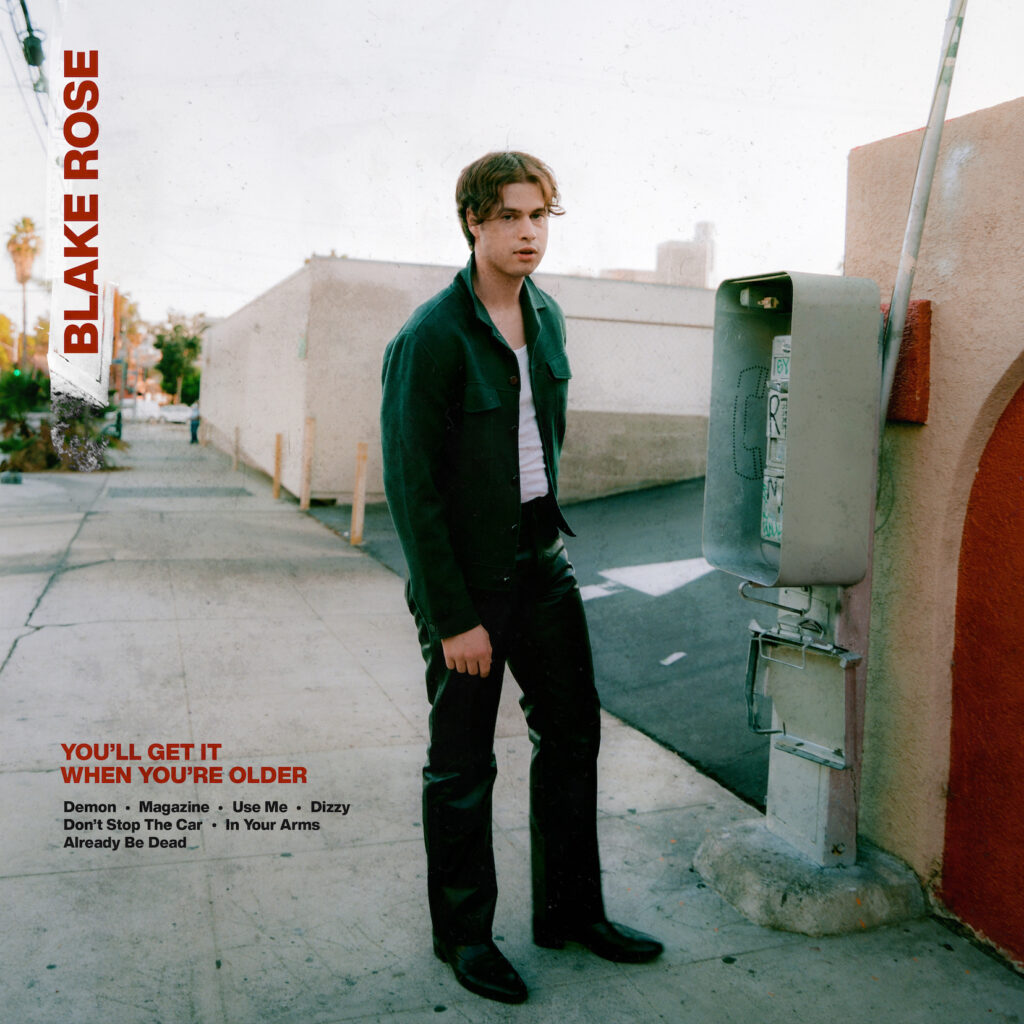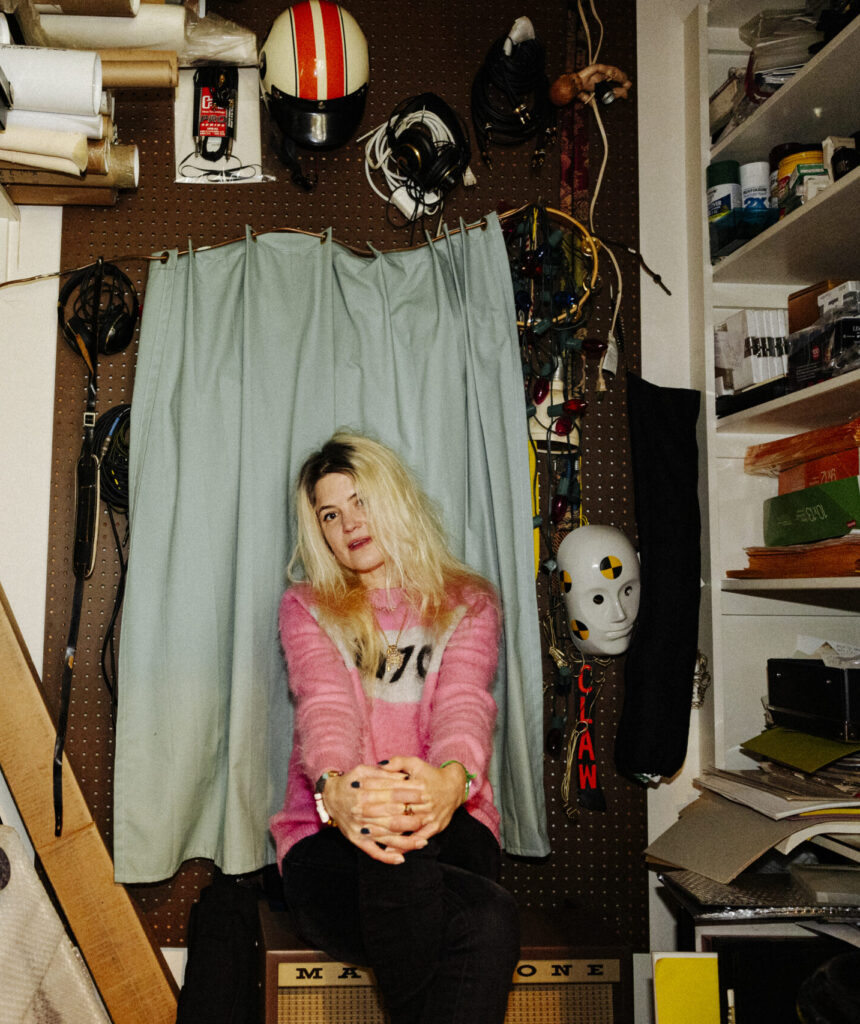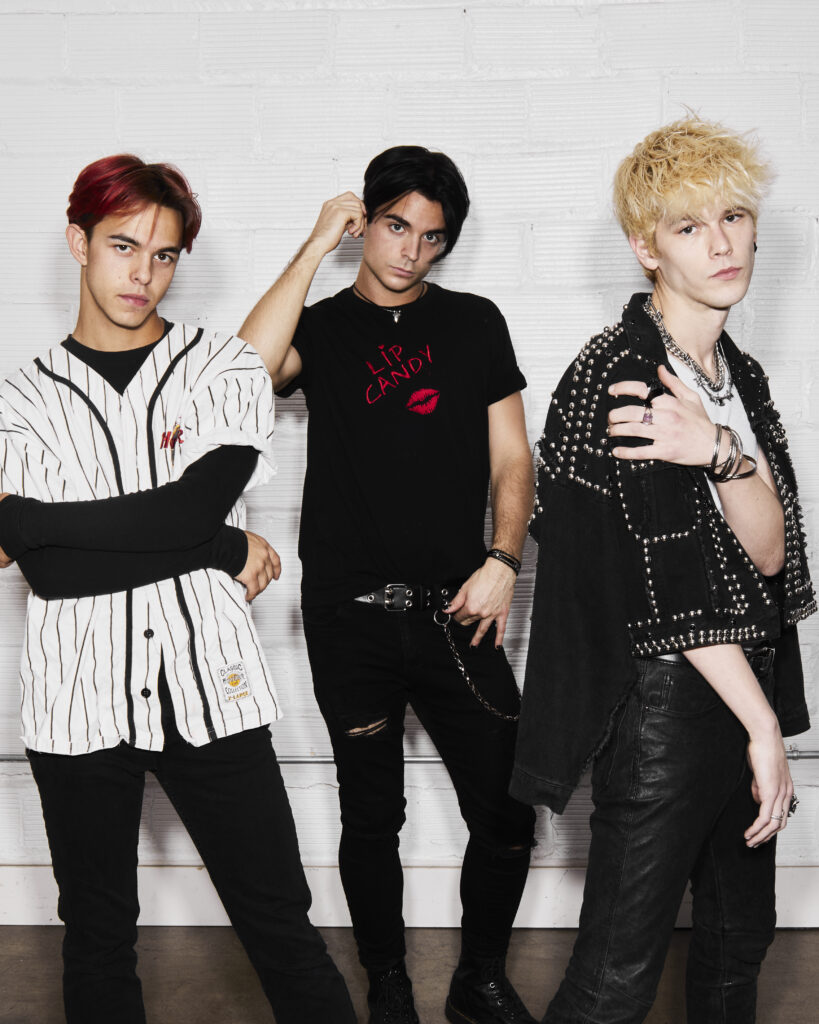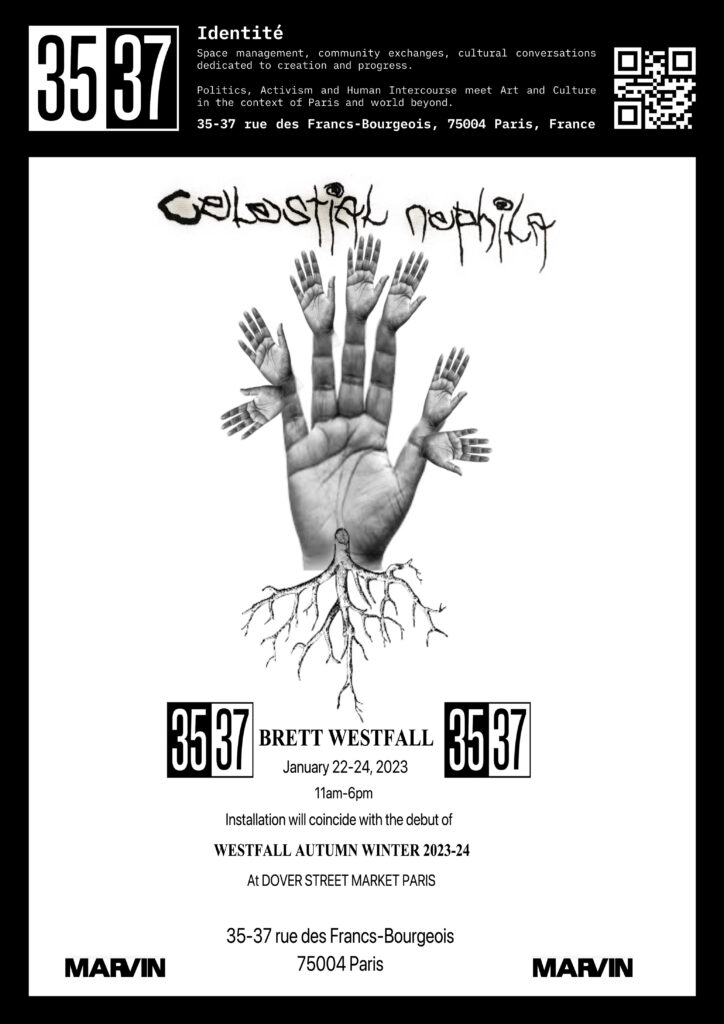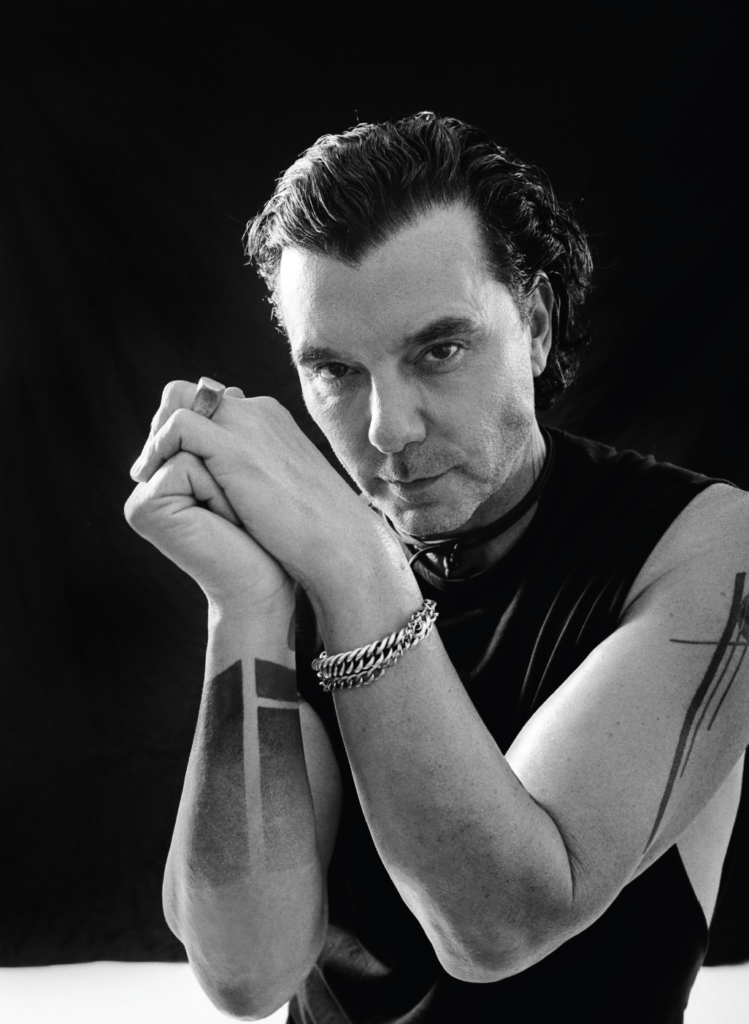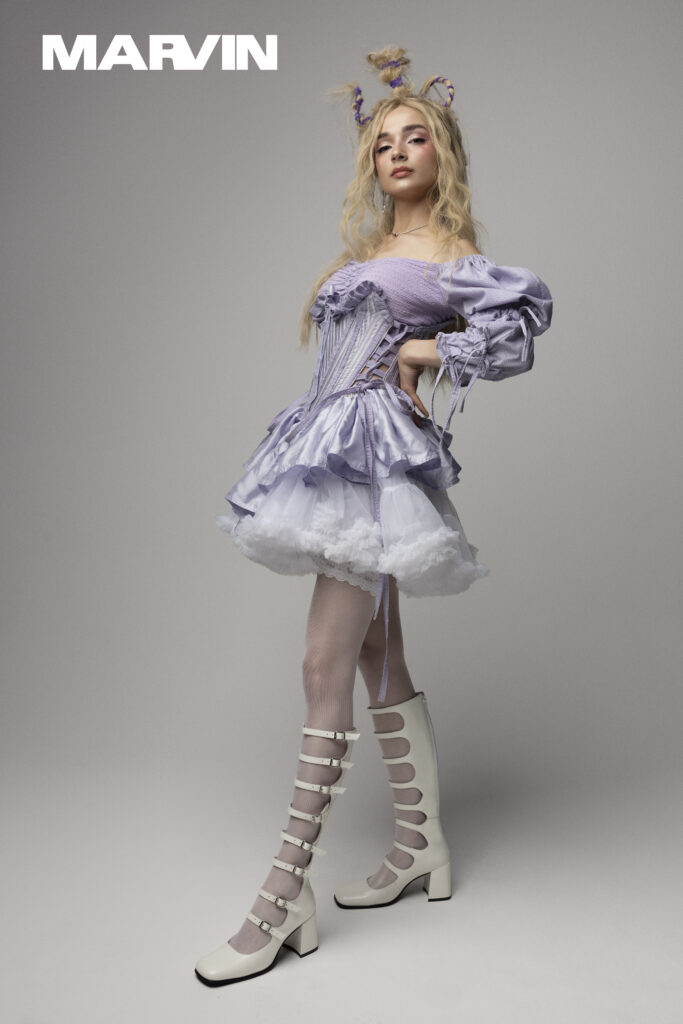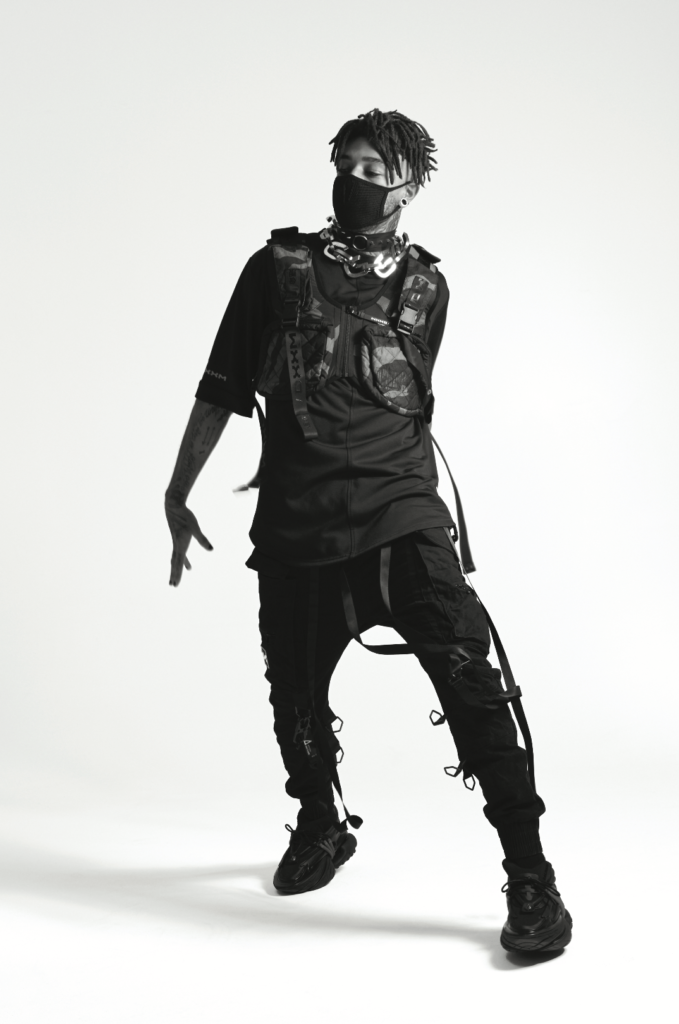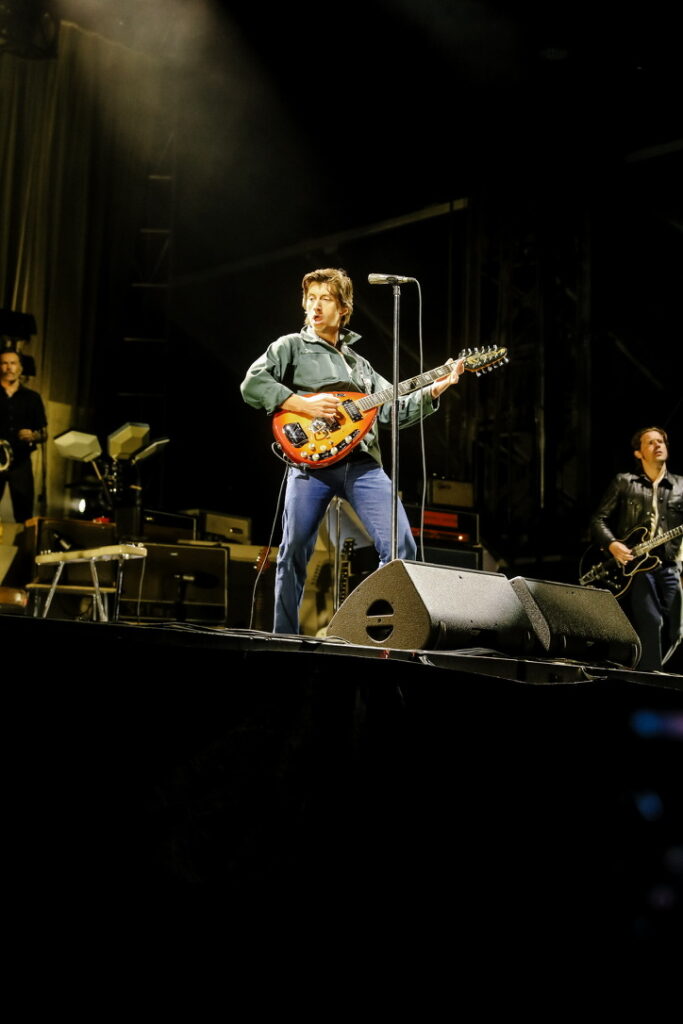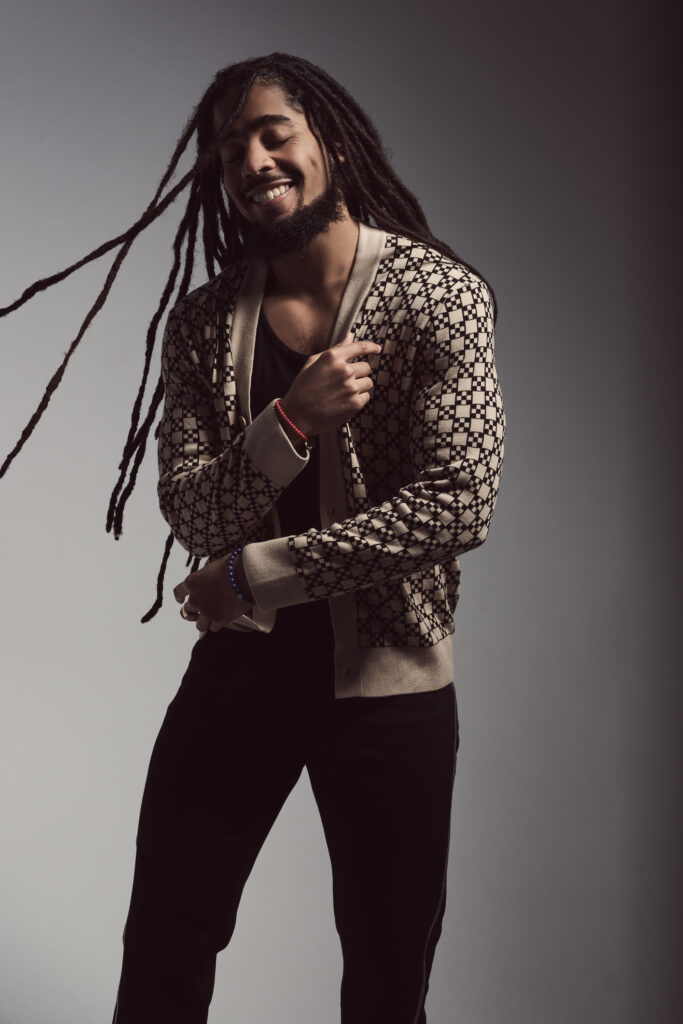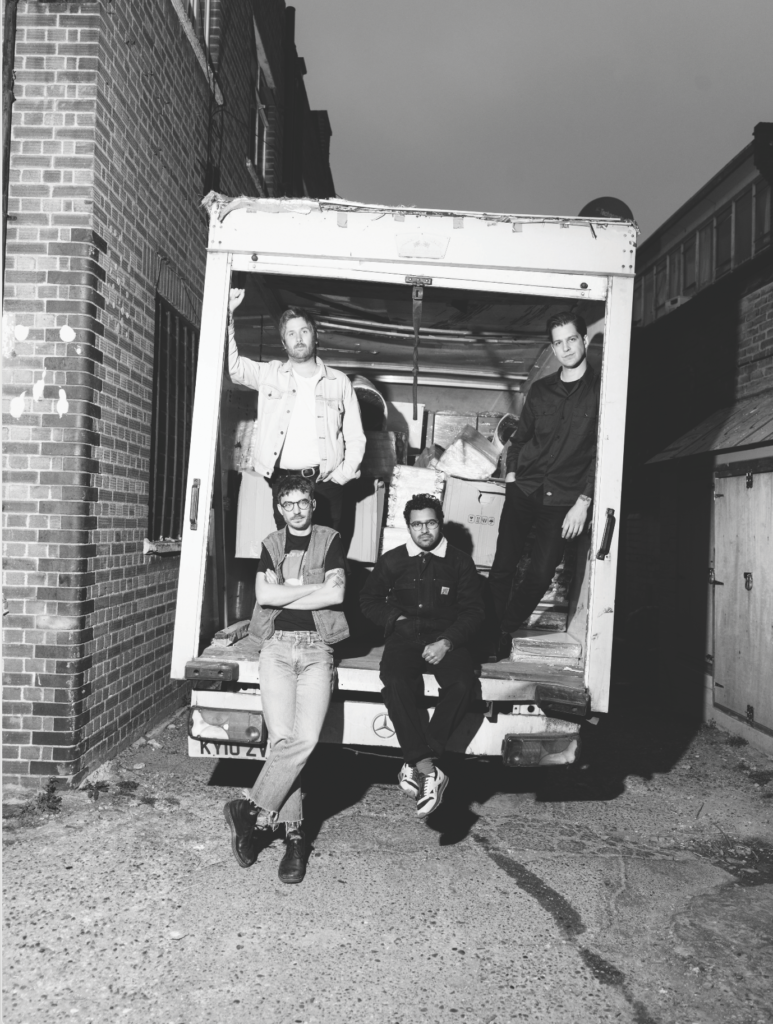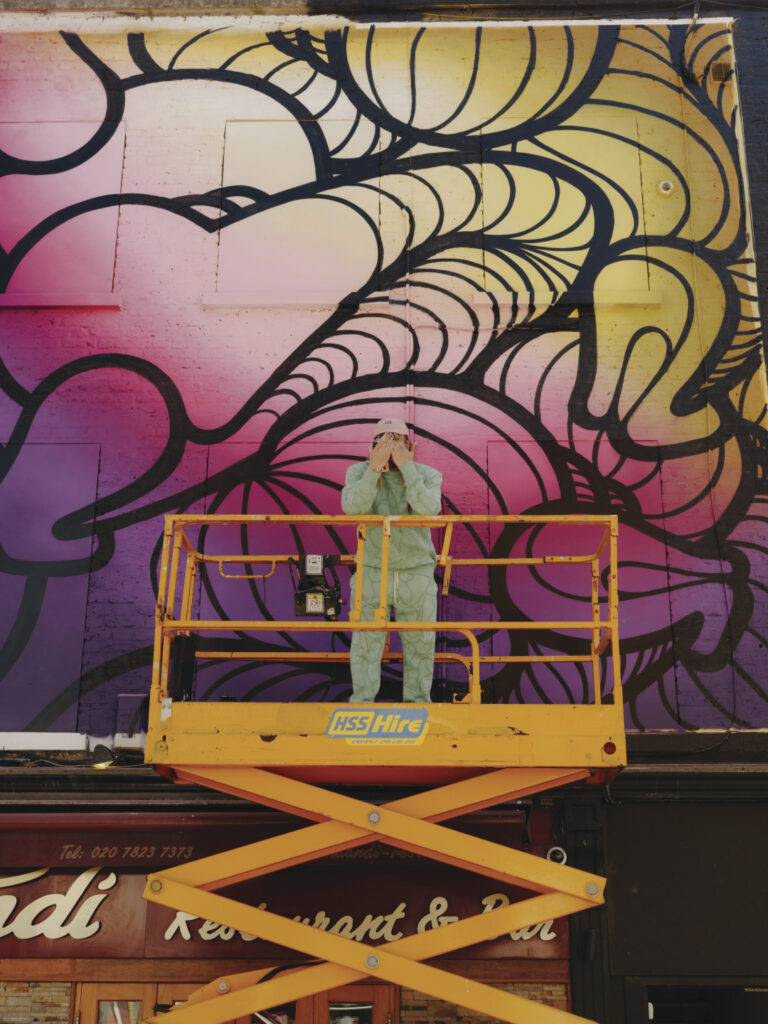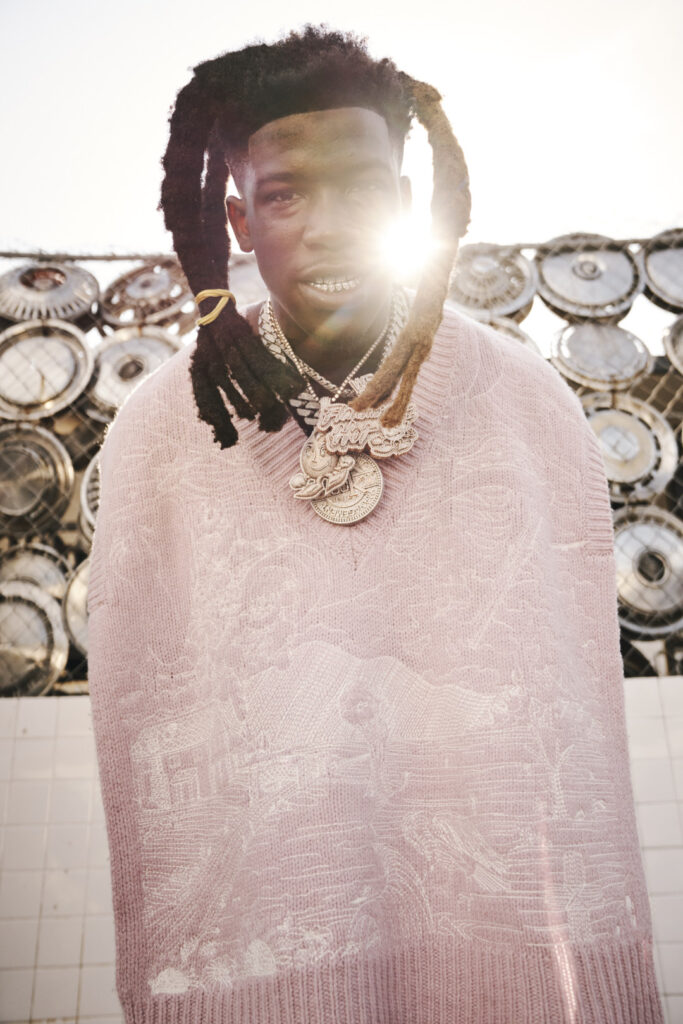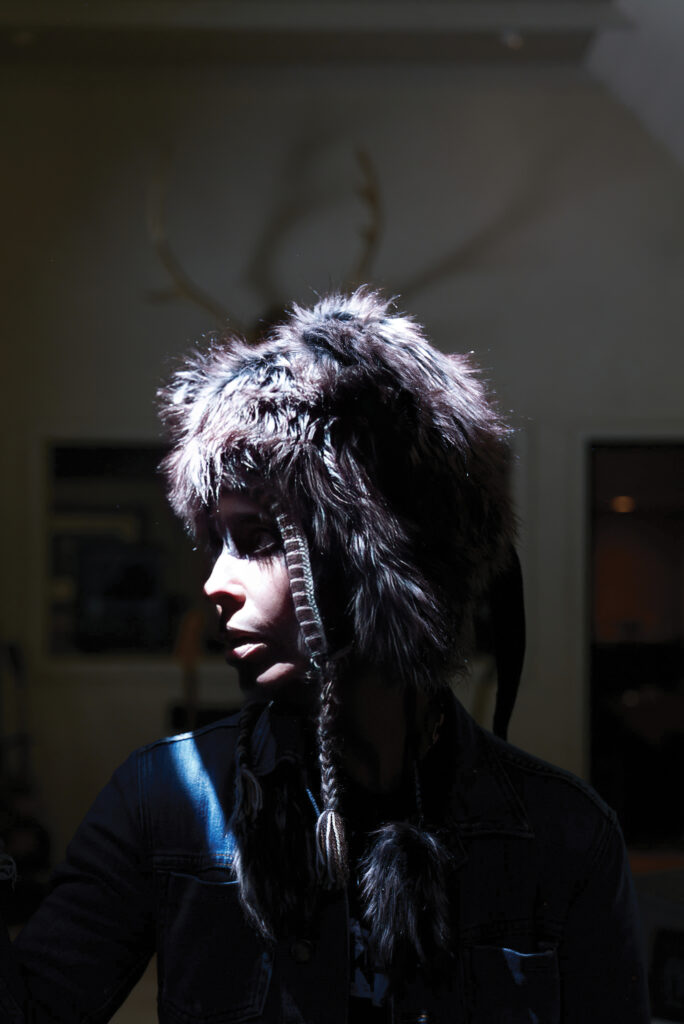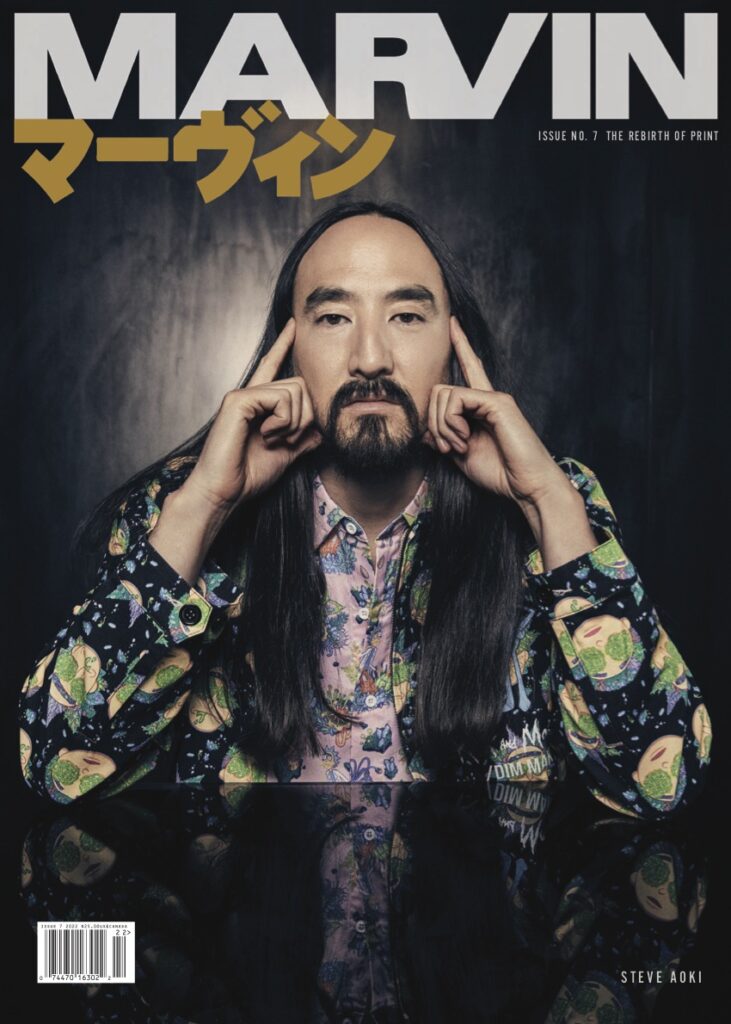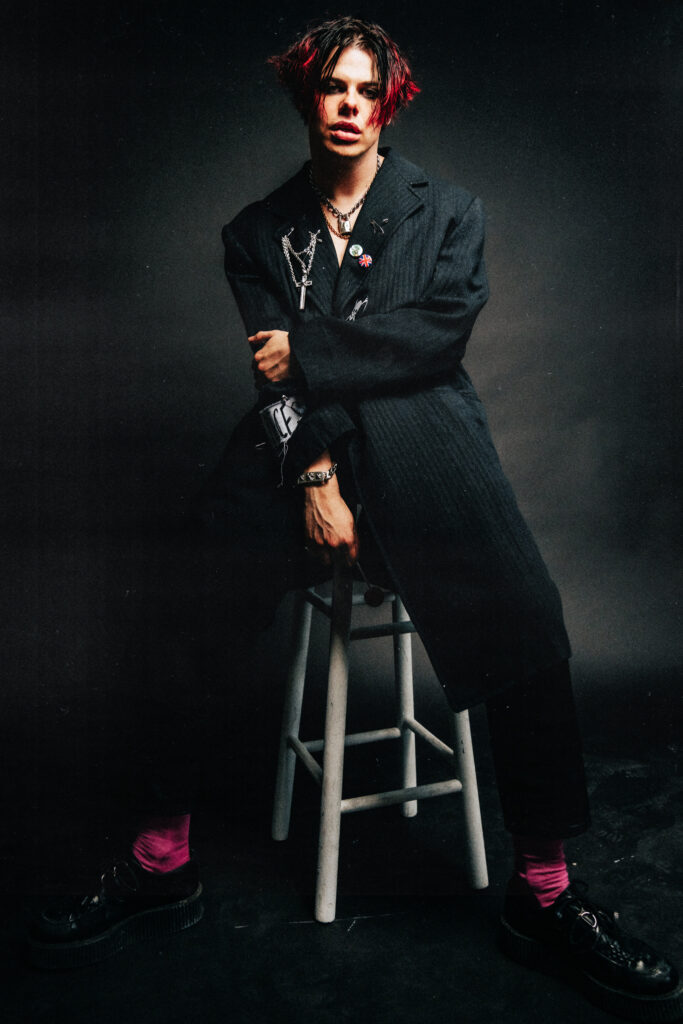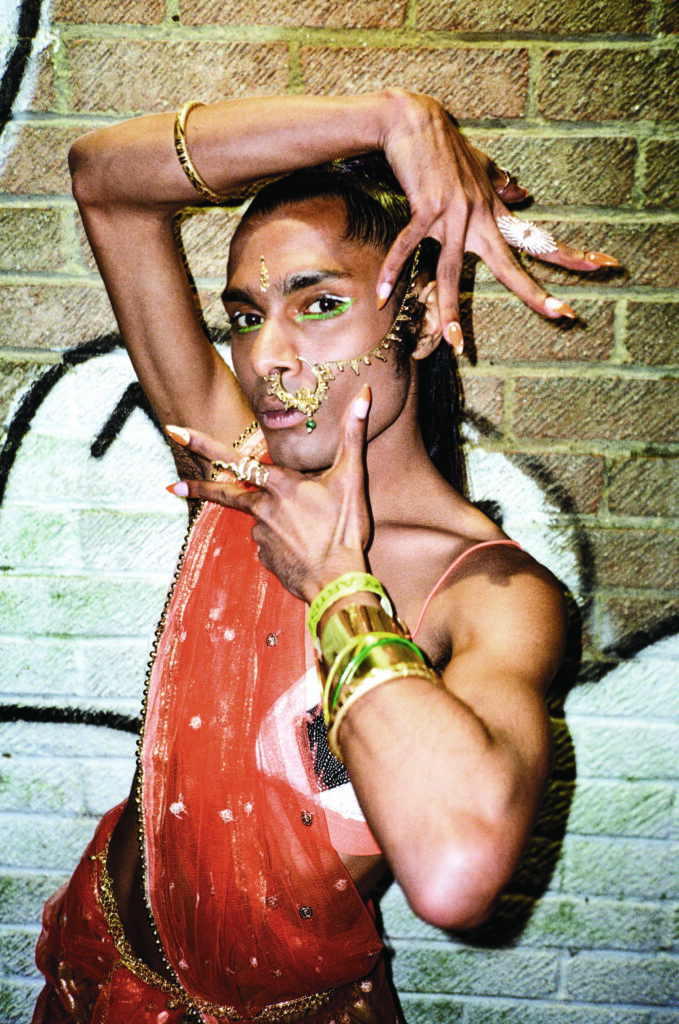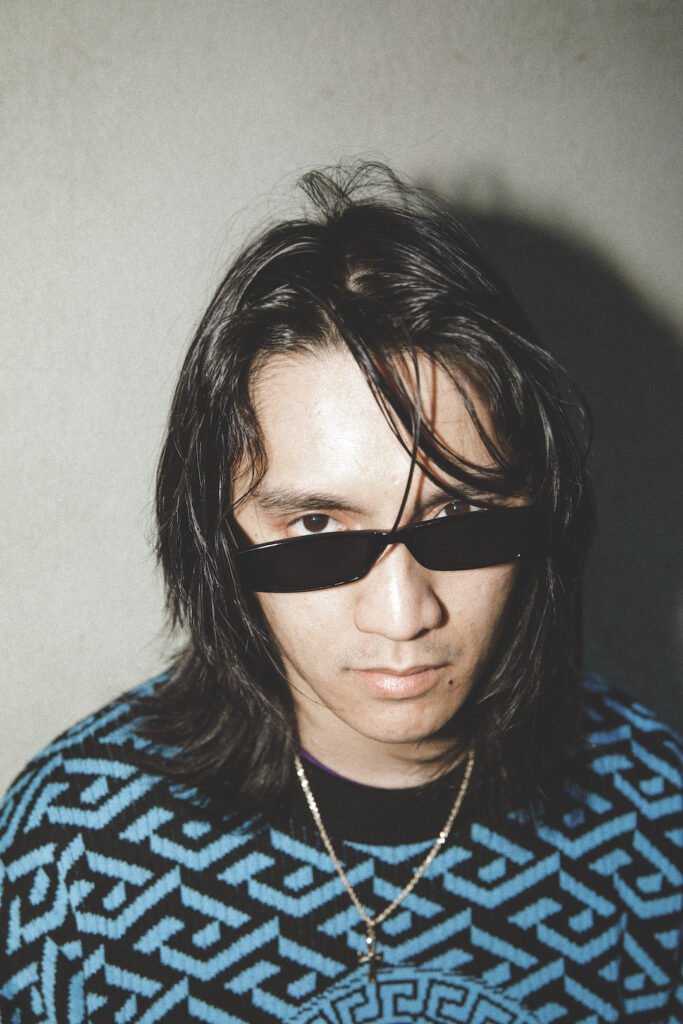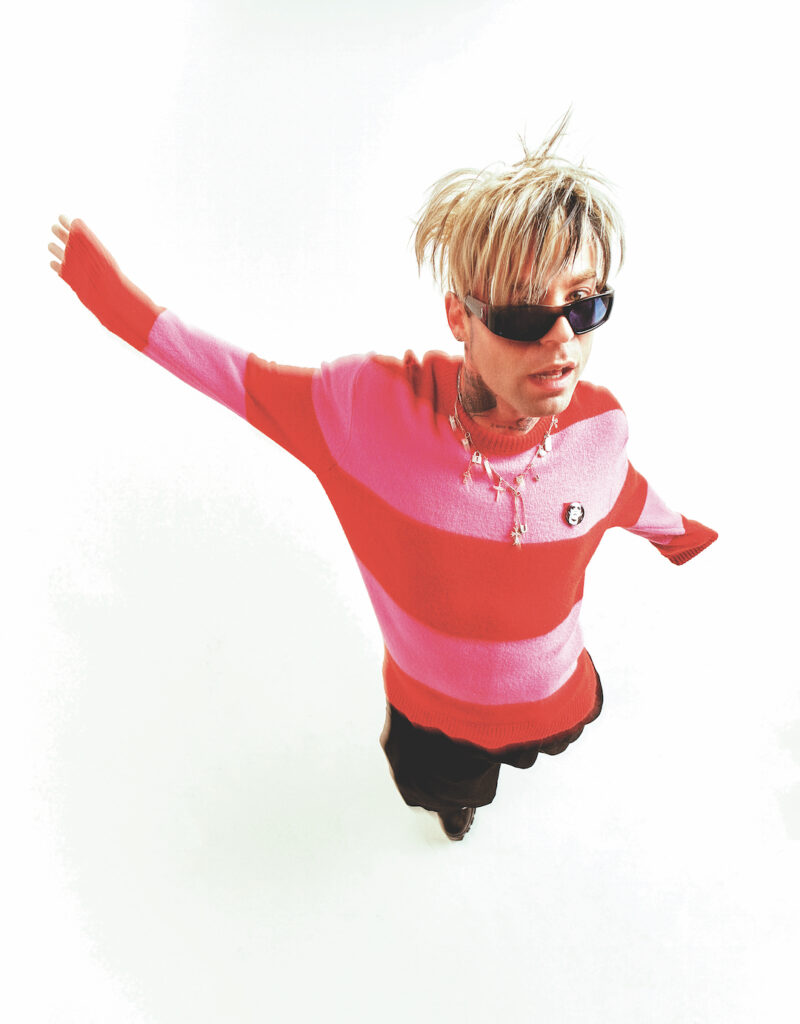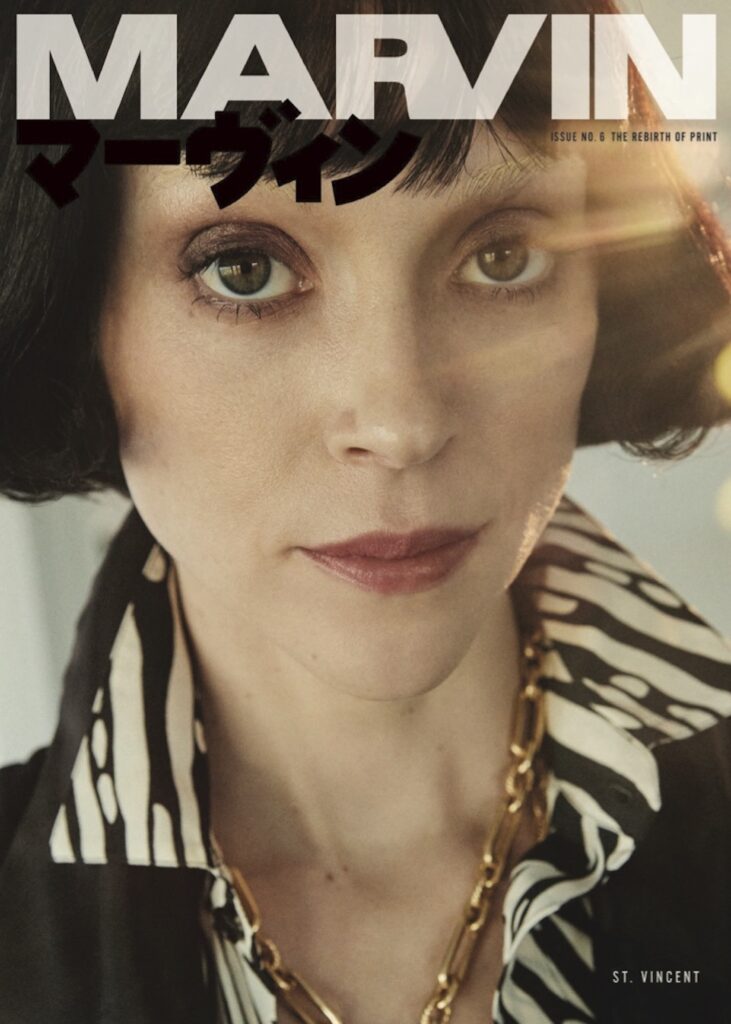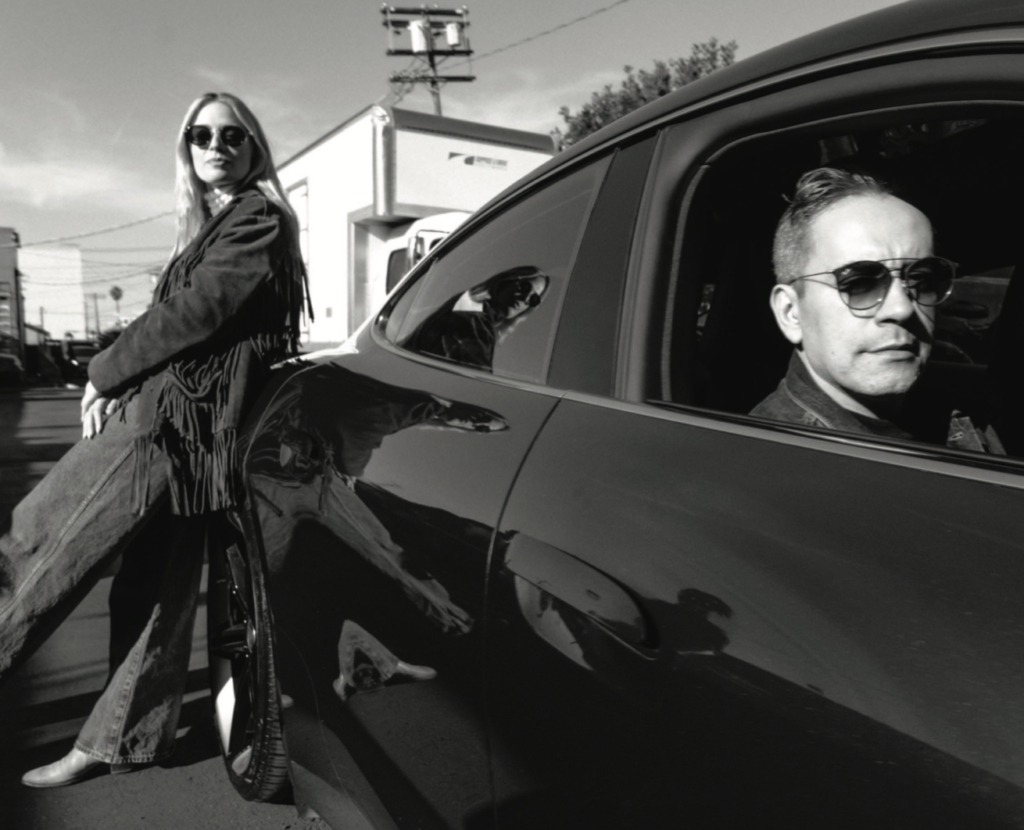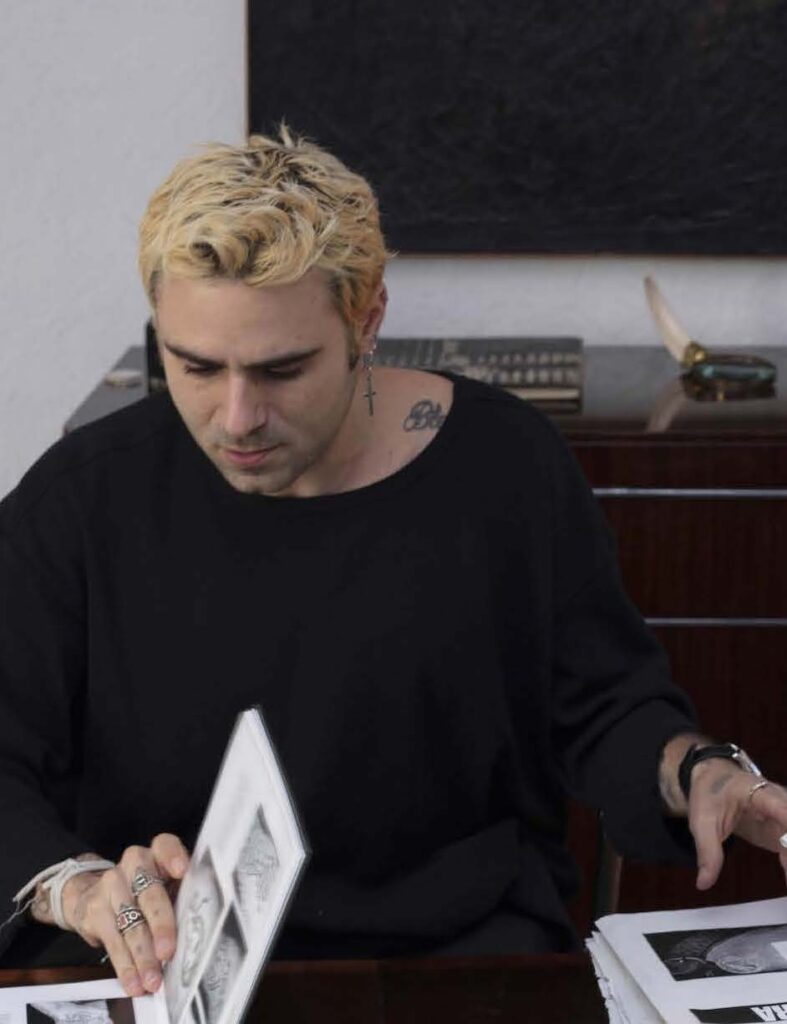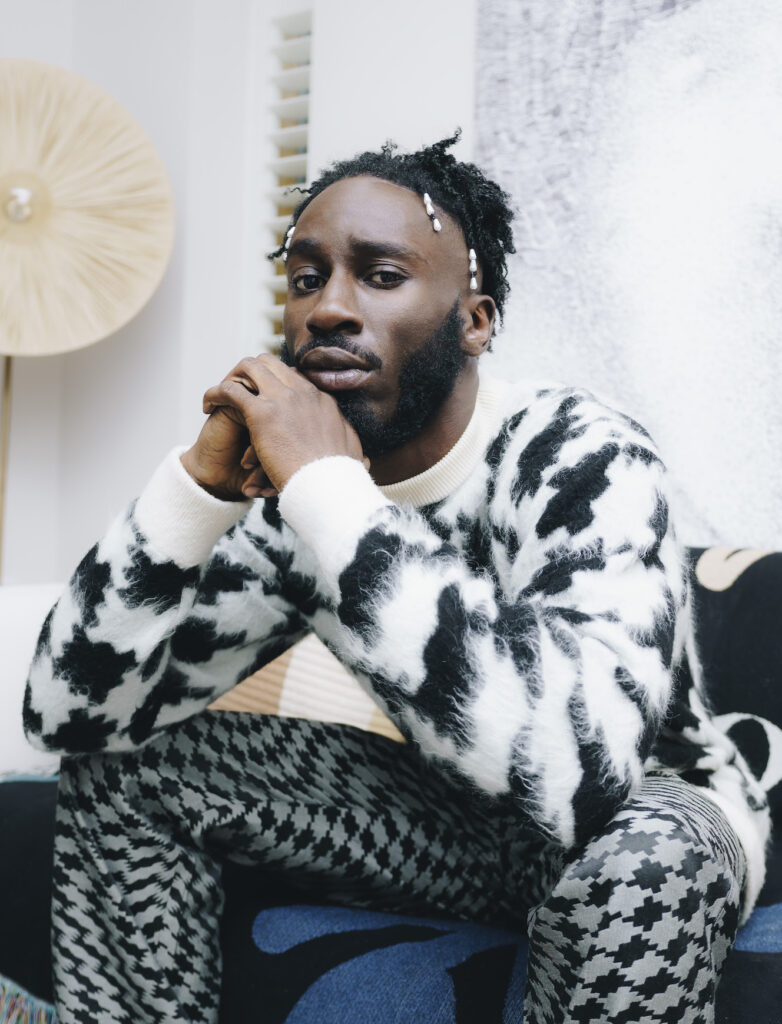Culture
Argentinian-Born Artist Felipe Pantone Talks Transitioning His Work from Graffiti to Technology-Based
Words by Alec Banks
Photography by Super Fuerte Studio
Photography by Super Fuerte Studio
Argentinian-born artist Felipe Pantone had been traversing the globe for over a decade when coronavirus finally slowed him down. But as for many others, lockdown provided an opportunity to focus inward. His current studio work deals in technology, light, and perception. When I reach him, he’s working on a car build that looks and feels like it could be out of a sci-fi film. Elon Musk take note.
Pantone’s origin story is not an unfamiliar one. He was drawn to the allureazof graffiti after moving to Spain from Argentina when he was 10 years old. If there’s a unifying attribute amongst those who have written their name — both big and small — with markers and spray paint, it’s the desire to push boundaries on what is permissible. To the general public, these acts are vandalism. To the taggers, they’re a shift in the cityscape, occurring in real-time, shaping reality to their own specs.
“We lived in this neighborhood in the outskirts and I would see graffiti everywhere,” he recalls. “I was like, ‘I can do that.’ I picked up a marker and I started writing. Everywhere. Then I picked up a spray can. Up until a year ago, I made a new piece every week.”
As a kid Pantone hid his spray paint on the street so that his parents wouldn’t discover his secret passion. But their attitudes eventually softened when he scored his first paying gig. At age 13. “I painted a bar and I bought a bicycle with the money. Ever since, my parents were like, ‘gee, that’s not so bad.’ But they never thought that I would make it a career.”
Pantone did attend art school. He discovered that there was a similar sense of enjoyment in creating something in a controlled environment versus the unpredictability of graffiti in the streets. He cites the year 2013 as a major turning point. Like many other graffiti artists, he arrived at a point where he felt there was nothing else to discover. “I kind of lost the investigation and research aspect of graffiti.”
As a byproduct of the cable TV and internet generation, Pantone has an aesthetic that seems to honor human beings’ reliance on screens. Past exhibitions like Chromadynamica, Optichromie, and Planned Iridescence look and feel like you’ve stumbled upon a distress signal sent from another world. The work is both comforting in its repetitiveness and structured color palette — and anxious with its sense of endless vastness
“If you look throughout the years, art has always been connected to technology. The Renaissance exists mainly because oil paint was invented. A whole new style is born. It’s very important for me to be always paying attention to what’s new and see if I can create something with it. For me, I’m trying to be ahead of what’s coming.”
That isn’t to say Pantone only relies on computers, CNC cutters, laser cutters, and printers to create his work. The art comes from using technology alongside mid-20th century techniques like scraping. His work is a conversation with the viewer. “I think it’s interesting to have information go both ways,” he says. “Back in the day, information was only going in one direction: either in a book, newspaper, or an artist communicating to you. However, nowadays everybody can write on Twitter, everybody can blog, and information go in every direction. I think as an artist it’s cool to propose something and then let the spectator have the last word.”
“Art has always been connected with technology”
For as prepared as Pantone might have been for a complete global lockdown, art galleries and museums are still left scrambling to figure out what the experience will look like for audiences. The very nature of his work suggests he may already be at the forefront of a socially distant and remote future for art and its consumption. His NYC exhibition, Contactless ponders global community in a world where people don’t want to touch doorknobs anymore.
“One of the pieces comes with a QR code,” he explains. A web app that shows up on your phone, where you can make a 3D representation of the piece, where you can speed things around, and the piece will move without touching








